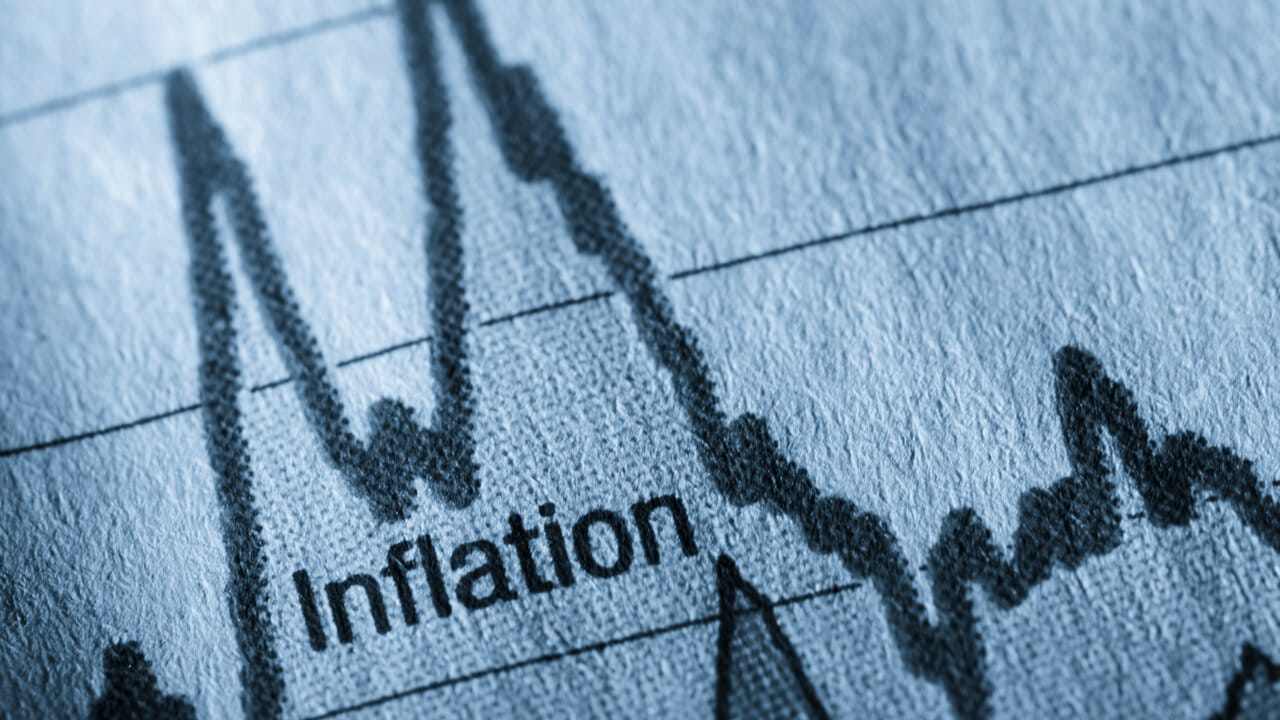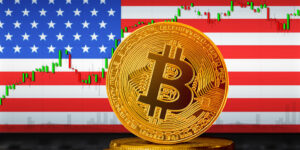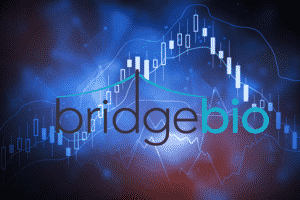Nigeria’s headline inflation rate eased marginally to 21.88% in July 2025 from 22.22% in June, according to the latest data from the National Bureau of Statistics (NBS).
The moderation marks a continuation of the downward trend in the year-on-year headline figure, which now sits 11.52 percentage points lower than the 33.40% recorded in July 2024.
The bureau attributed part of this significant year-on-year drop to a technical factor: the adoption of a new base year, November 2009 = 100. This statistical recalibration reduced the magnitude of the annual inflation rate even as consumers still grapple with high living costs.
On a month-to-month basis, however, inflation ticked higher. July’s 1.99% month-on-month rate exceeded June’s 1.68%, indicating that prices are still rising faster than they did a month earlier. NBS noted that this reflects an increase in the average price level during the month.
Over the twelve months ending July 2025, the average CPI rose by 25.65%, which is 5.11 percentage points lower than the 30.76% recorded over the same period last year.
In Nigeria’s cities, inflation stood at 22.01% year-on-year in July, down sharply from 35.77% in the same month of 2024. Urban prices rose by 1.86% on a month-to-month basis, a slowdown from June’s 2.11%. The twelve-month urban average was 27.04%, lower than the 32.89% recorded in July last year.
In rural areas, inflation was 21.08% year-on-year in July 2025, a decline from 31.26% in July 2024. However, rural prices accelerated sharply on a monthly basis, rising 2.30% compared to June’s 0.63%. The rural twelve-month average was 23.84%, down from 28.86% a year earlier.
Food inflation — the category most felt by households — dropped significantly in annual terms, from 39.53% in July 2024 to 22.74% in July 2025. The NBS cautioned that part of this steep drop is also due to the base year change rather than purely market-driven declines.
Month-on-month, food prices eased slightly, rising 3.12% in July compared to 3.25% in June. The modest slowdown was attributed to lower prices for vegetable oil, beans, local rice, maize flour, guinea corn, wheat flour, and millet. The twelve-month average food inflation rate stood at 26.97%, down from 36.36% in the same period last year.
Core inflation, which strips out volatile agricultural produce and energy costs, came in at 21.33% year-on-year, down from 27.47% in July 2024. On a month-to-month basis, core inflation rose just 0.97%, a sharp deceleration from June’s 2.46%. The twelve-month core average was 23.63%, slightly lower than 24.65% a year earlier.
Analysts told Nairametrics that while improved domestic food supply, relative exchange rate stability, and moderating energy costs are helping to sustain the downward trend, structural cost drivers remain entrenched. Persistent transportation bottlenecks, high borrowing costs, and weak infrastructure continue to push up production and distribution expenses.
Vice Chairman of Highcap Securities, Professor David Adonri, noted that the ongoing harvest of staple crops such as maize, yam, and cassava should boost market supply and bring short-term relief to consumers. However, he cautioned that seasonal improvements will not resolve underlying inflationary pressures without deeper reforms in agriculture, energy, and trade logistics.
The marginal slowdown in inflation also comes against a backdrop of public skepticism. Despite the statistical improvement, many Nigerians say they have not seen any tangible relief in markets, where goods and services remain prohibitively expensive.
Economists are now calling on the Central Bank of Nigeria to consider a gradual reduction in the Monetary Policy Rate (MPR) to ease borrowing costs and stimulate production, though the apex bank is expected to tread cautiously to avoid reigniting price pressures.
Nigeria’s inflation path since 2023 is a tale of three phases: a sharp upswing through mid-2024, a plateau at very high levels, and a statistically aided step-down in 2025. The initial surge began after the mid-2023 policy resets, fuel subsidy removal, and FX market changes, pushing headline inflation steadily higher through late 2023.
By early to mid-2024, year-on-year inflation was running in the low-to-mid-30s, with July 2024 printing 33.40%. That period marked the peak zone of the cycle as food, transport, and imported components fed through with limited offsets from supply-side improvements.
From late 2024 into early 2025, momentum cooled on a year-on-year basis, but the absolute price level stayed elevated. Two things helped temper the annual rate: base effects as the very high prints from 2023/24 rolled out of the comparison window, and pockets of improved domestic food supply that softened the worst monthly spikes.
The more visible break came in 2025 when the National Bureau of Statistics adopted a new CPI base year (November 2009 = 100) and updated expenditure weights and product samples. Re-basing does not cut prices; it re-anchors the index to a new reference period and refreshes how the basket mirrors household spending. When weights shift toward items rising more slowly, or previously overweighted fast-rising items are corrected, the measured year-on-year rate can ease even if month-to-month pressures persist.
That is why July 2025’s headline rate of 21.88% sits a full 11.52 percentage points below July 2024’s 33.40%, even as monthly inflation accelerated to 1.99% from 1.68% in June. The annual decline shows the combined impact of re-basing, softer comparators, and some supply improvements. The monthly pickup shows that price pressures have not vanished and that households still face a rising cost of living.



